-

Introduction of Magnets
What is a Magnet? A magnet is a material that exerts obvious force on it without physical contact with other materials. This force is called magnetism. Magnetic force can attract or repel. Most known materials contain some magnetic force, but the magnetic force ...Read more -

FAQs
What are your prices? Our prices are subject to change on supply and other market factors. Do you have a minimum order quantity? Yes, we require all orders to have an ongoing minimum order quantity. Can you supply the relevant documentation? Yes, we can provide most docu...Read more -

Permanent Magnet Synchronous Motor, a key component of New Energy Vehicles, has abundant domestic resources and huge advantages
Due to its excellent physical properties, excellent chemical properties and good process properties, magnetic materials are widely used in automotive precision parts, which greatly improves the efficiency of automotive parts. Magnetic material is the core material of the driving motor of new ener...Read more -
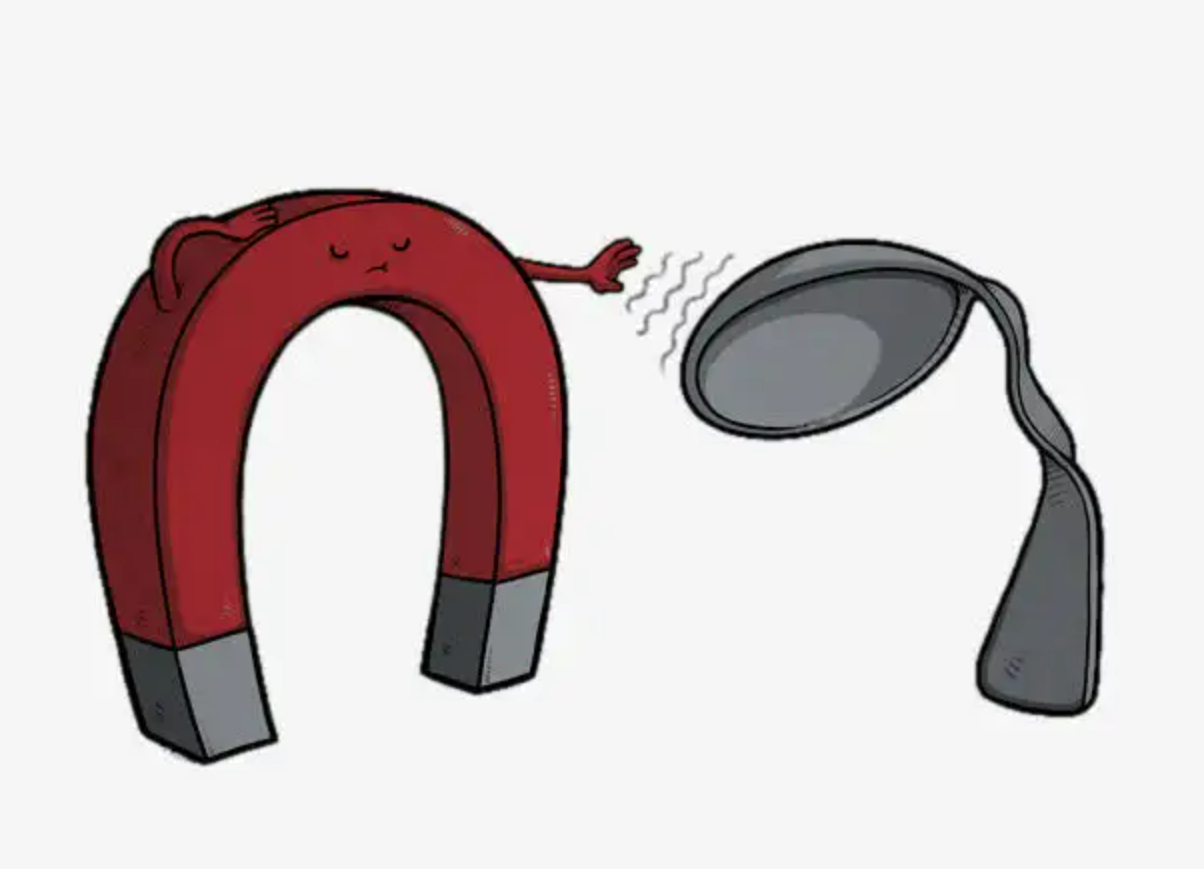
Neodymium Magnet can pull objects with 600 times as its own weight? Not exactly!
How big the pulling force does a magnet have? Some people think NdFeB magnets can pull objects with 600 times as its own weight. Is this exactly? Is there a calculation formula for magnet suction? Today, let's talk about the "Pulling Force" of magnets. In the application...Read more -

Use a magnet to find out if a pan will work with your induction hob
If you have an induction cooker, you may know that the induction cooker uses a magnetic field to generate heat. Therefore, all pots and pans used at the top of the induction furnace must have magnetic bottom for heating. Most pure metal pots, such as cast iron, steel and...Read more -
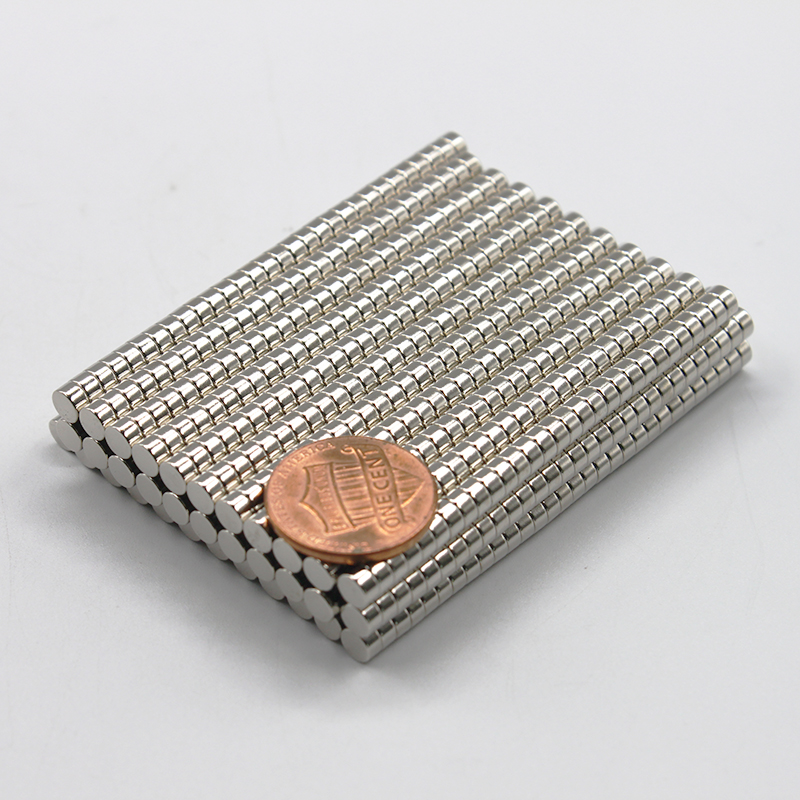
What is the difference between the magnetic circuit of a strong magnet and the physical characteristics of the circuit?
The main differences between the physical properties of magnetic circuits and electrical circuits are as follows: (1) There are good conductive materials in nature, and there are also materials that are insulating to the current. For example, the resistivity of copper is...Read more -
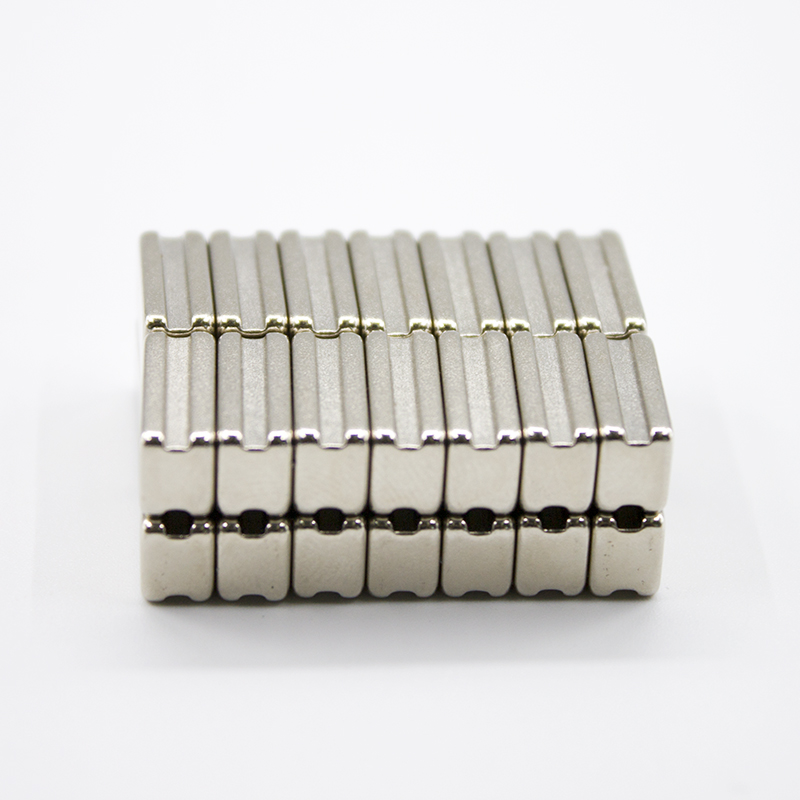
What are the factors that affect the magnetic prop
The temperature is one of the more important factors that hurt the strong magnet, in the temperature keeps raising the characteristics of the strong magnet with magnetism is likely to be tremendously weaker and weaker, which leads to the strong magnet magnetic field is r...Read more -
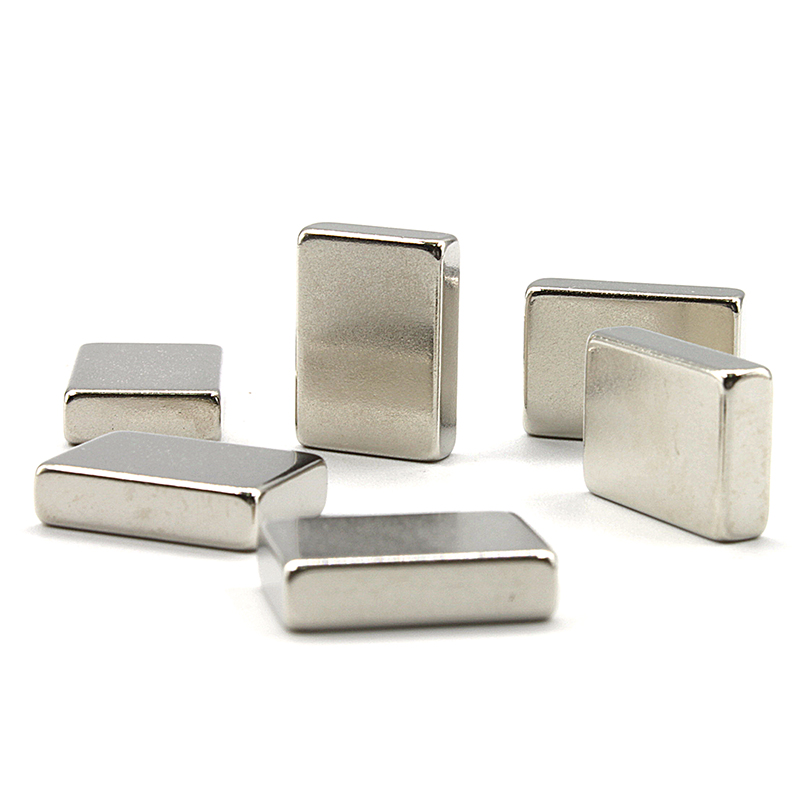
What are the common plating layers of NdFeB magnets?
NdFeB magnet plating solution is important to solve the magnet distinctive office environment. For example: motor magnet, electromagnetic iron remover core office environment are more humid, thus must be surface plating solution. At present, the important plating special...Read more -
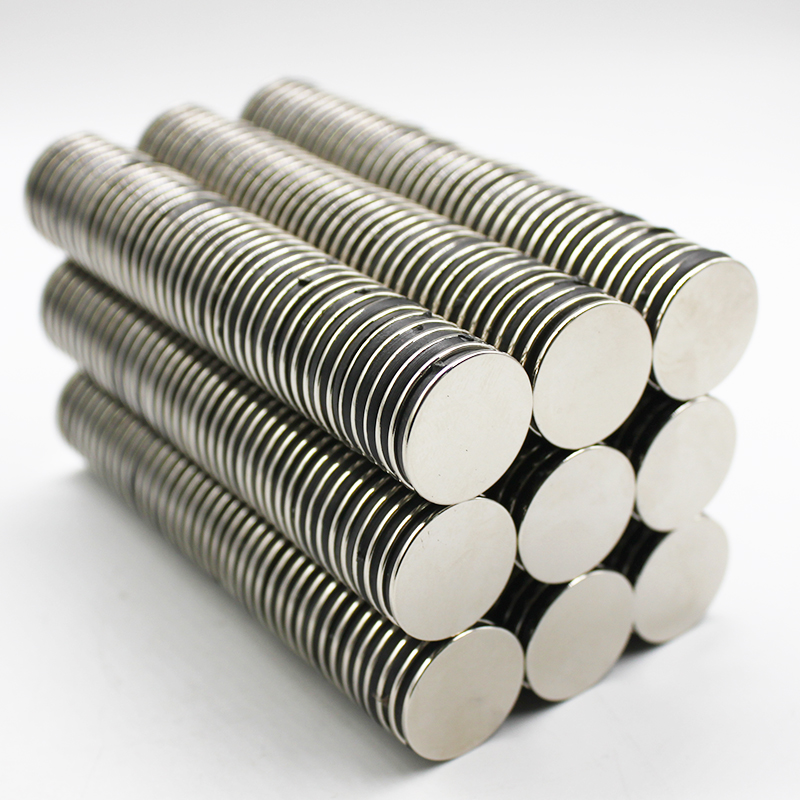
Selection of strong magnets have those attention skills
Strong magnets are now used in a wide range of applications in almost every industry. There are electronic industry, aviation industry, medical industry and so on. So how to judge the good and bad of NdFeB magnets when buying NdFeB strong magnets? This is a problem that ...Read more -
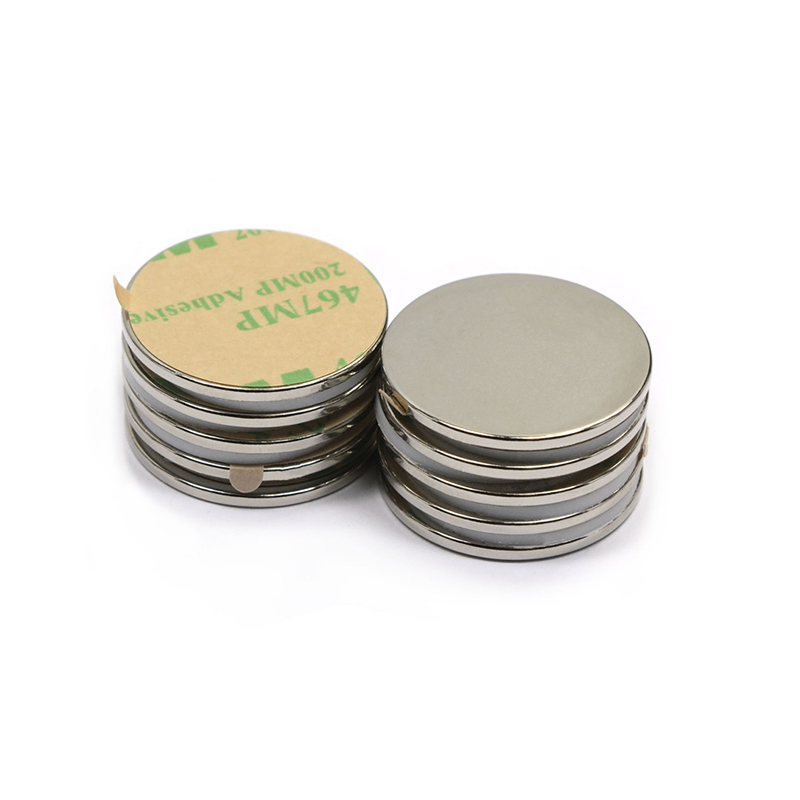
One of the NdFeB magnet production process: melting
One of the process of NdFeB magnet production: smelting. Melting is the process of producing sintered NdFeB magnets, the melting furnace produces the alloy flaking sheet, the process needs the furnace temperature to reach about 1300 degrees and lasts four hours to finish...Read more



